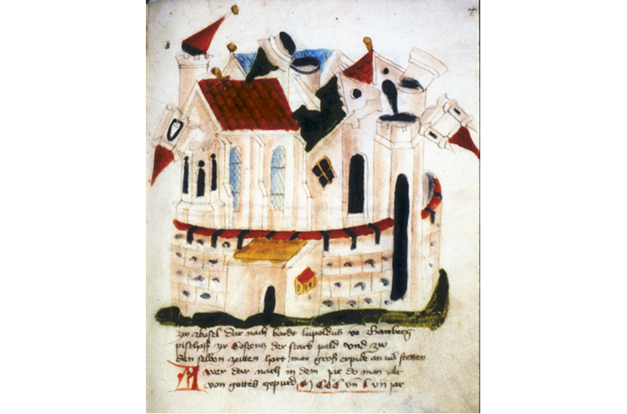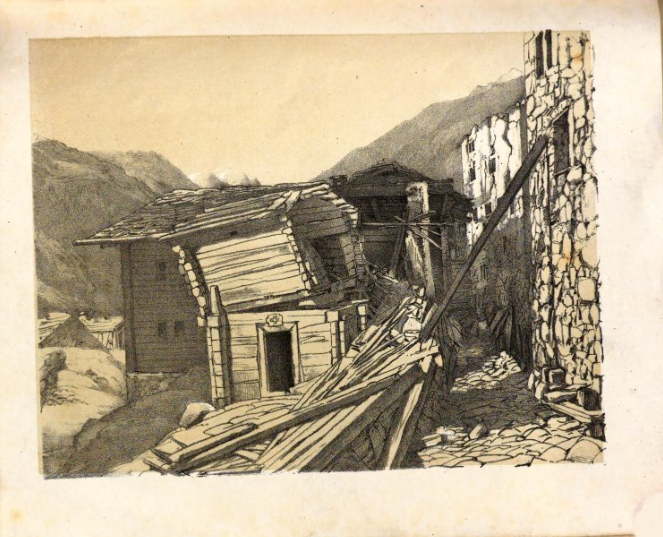Earthquakes are the natural hazard with the greatest potential extent of damage in Switzerland. According to the federal government's national risk analysis, they harbour the highest risk alongside pandemics and power shortages.
Earthquakes can cause immense damage: Damaged or collapsed buildings endanger people and the environment, while non-functioning or destroyed infrastructure paralyses everyday life. Earthquakes can also trigger secondary effects such as landslides or rockfalls, soil liquefaction, fires and tsunamis.

The earthquake risk in Switzerland is at a medium level compared to other European countries. The earth shakes around 1000 to 1500 times a year. Earthquakes can occur anywhere. Due to the relatively high vulnerability of buildings and the high concentration of values, the highest risk accumulates in areas with a high population density.
Switzerland has a national and publicly accessible earthquake risk model, thanks to which the consequences of earthquakes can be quantified.
Tasks of the federal government
The Confederation's tasks include earthquake monitoring and national hazard assessment. In the event of an incident, the Confederation supports the cantons in accordance with the principle of subsidiarity. Since 2000, the Confederation has been pursuing a programme of measures for earthquake prevention and maintains a coordination office for this purpose.
Tasks of the private sector
The client is responsible for building in accordance with natural hazards. Earthquake damage is not covered by compulsory fire and natural hazards insurance. Although insurers have funds for voluntary benefits, these only cover a small part of the existing earthquake risk in certain cantons. There are also voluntary insurance solutions.
Overcoming and rebuilding
The federal government draws up a national precautionary plan. This creates a common basis for the development of the precautionary plans of the stakeholders concerned (Confederation, cantons, infrastructure operators).
After an earthquake, the damaged buildings must be assessed and the reconstruction and repair costs estimated. To ensure that the necessary personnel and technical resources are available, the cantons, cantonal building insurers and private insurers have founded the Earthquake Claims Organisation (SOE). The organisation is supported by the federal government's specialist agencies.

Effective measures
Effective measures
Protection against earthquakes is possible through earthquake-resistant construction. The federal government issues recommendations for behaviour before, during and after an earthquake. Examples of measures include
Award-winning school complex
The Les Vergers school complex in Meyrin (GE) has received the 2021 Seismic Award. The jury, which honours earthquake-resistant construction, was impressed by the ‘seismically designed and architecturally convincing’ pavilions. The exemplary ensemble was the result of an overall project on which architects and engineers worked together.
Cascade of natural hazards
Cascade of natural hazards
Natural hazards can sometimes lead to a chain of events. Earthquakes can play a role in other natural hazards, including tsunamis:







